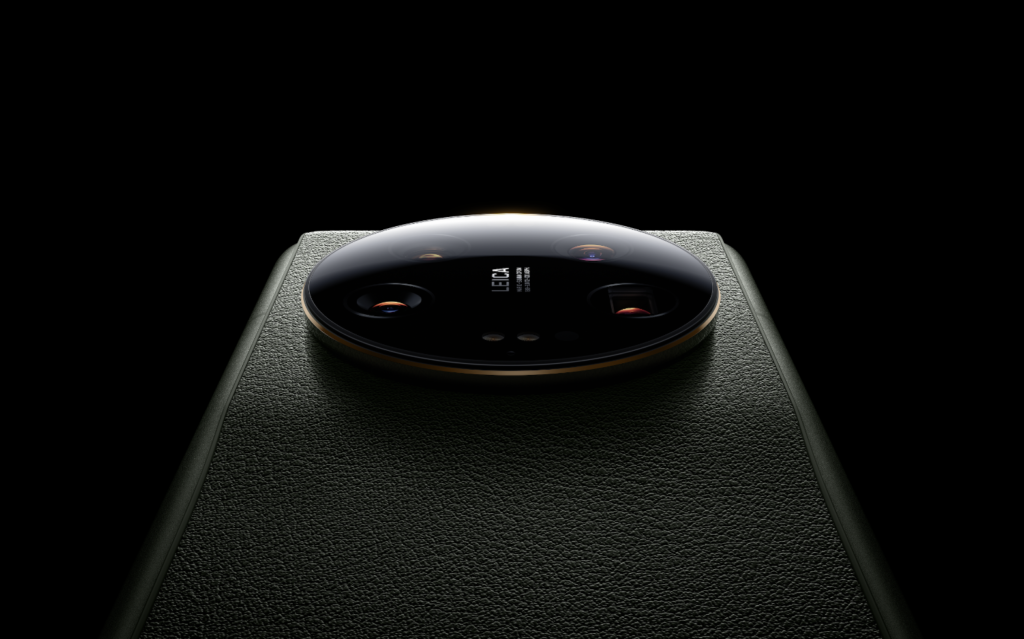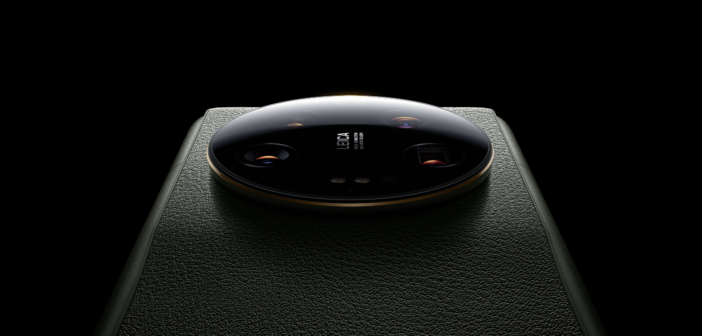Xiaomi finally announced the latest addition to its Xiaomi 13 series, the 13 Ultra. While the phone might seem as “just another” Ultra variant at first, Xiaomi has packed some neat features which set the phone apart from competing handsets, especially in terms of imaging capabilities.
Hardware Highlights

A result of a major collaboration between Xiaomi and veteran camera maker Leica, the Xiaomi 13 comes with some impressive hardware including a 6.73-inch WQHD+ AMOLED display with Gorilla Glass Victus, a Qualcomm Snapdragon 8 Gen 2 chipset, up to 16GB of RAM and 1TB of internal storage, a 5,000 mAh battery with support for 90W fast charging, 50W wireless charging, and 10W reverse wireless charging.
All this is wrapped up in a chassis with IP68 dust and water resistance, in addition to the “classic” twist to the 13 Ultra’s design, which incorporates aesthetic elements from Leica’s M series cameras. This includes the circular camera module, enclosed by a unibody metal frame, and a leather finish on the rear panel. Xiaomi says that the rear panel is made using an antibacterial nanotech silicone leather, which supposedly resists fingerprints and smudges. The phone also features Xiaomi’s Loop LiquidCool technology, which keeps the device nice and cool during usage.
Camera Tech

The biggest highlight of the device however is the camera set-up, which packs a quad camera system with integrated Leica optical lens, ranging from 12mm (ultra-wide angle), 23mm (wide angle), 75mm (telephoto), to the new 120mm (super-telephoto), as well as the extra 46mm and 240mm lengths through the In-Sensor-Zoom. All the sensors weigh in at 50-megapixels, a new hardware trend not commonly seen on a lot of competing devices. The front camera meanwhile comes with a 32-megapixel resolution. In particular, the main camera packs a large, 1-inch Sony IMX989 sensor and a new physical two-stop aperture allowing it to switch between ƒ/1.9 and ƒ/4.0.
The Xiaomi 13 Ultra also integrates hardware principles from Leica’s M series, such as a polynomial design which Xiaomi says adds a ton of precision, as well as a a multi-layer coating that reduces glare and makes it ideal in extremely cold or hot environments. The phone also comes with a professional camera setting that offers variable aperture, allowing users to access more light and a soft, shallow depth of field, as well as reduced shutter times.
The main camera comes with support for 50MP RAW images, as well as multi-frame 14-bit UltraRAW, which provides improved resolution and high dynamic range. Camera profiles will be created by Adobe, providing a better starting point for post-production. Additionally, the phone will be able to record video at a maximum resolution of 8K at 24fps, across all focal lengths.
Pricing and Availability

In terms of availability, the Xiaomi 13 Ultra will be available for sale for buyers in China starting from April 21, with a global release to follow over the next few months in three colour variants including black, white, and olive green. The base 12G+256G model is priced at CNY 5,999, with the 16G+512G priced at CNY 6,499, and CNY 7,299 for the maxed out 16GB+1TB model.





1 Comment
Pingback: Meet Xiaomi’s Newest Tablets and Wearables